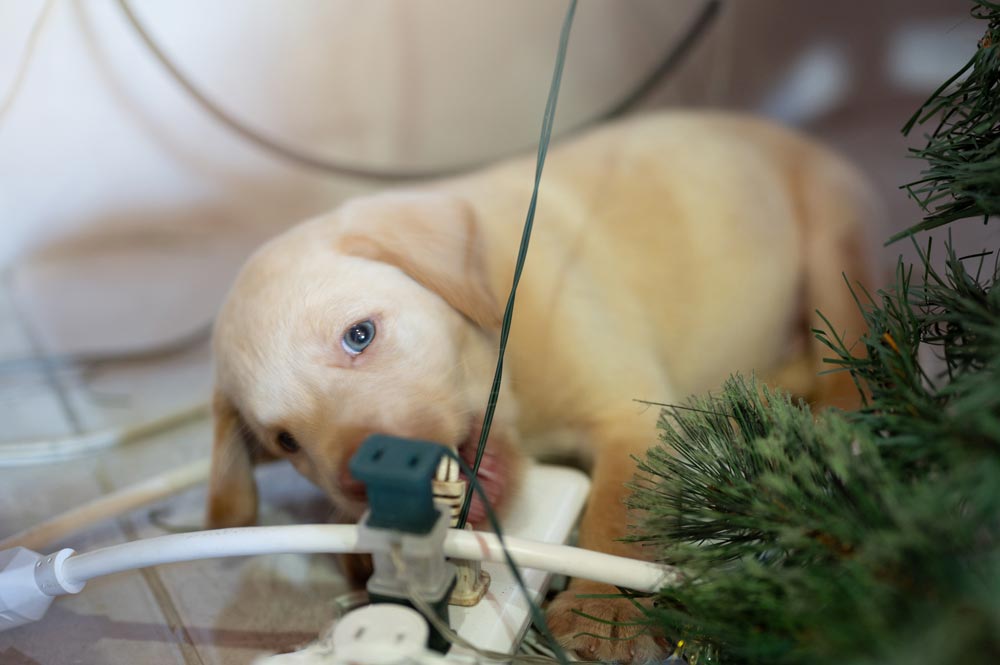Bringing a new furbaby/puppy into your home can be a really exciting experience, but it also means taking the necessary steps to puppy-proof your home. Puppy-proofing your home is essential to keep your puppy safe and to prevent them from causing damage to your home or possessions. This article will discuss a checklist of things to consider when puppy-proofing your home.
1. Identifying and securing potential hazards in your home.
Identifying and securing potential hazards in your home is an essential step in puppy-proofing your home. Puppies are curious and love to explore; they can easily get into things that may harm them. Here are a few important things to possibly consider when identifying and securing potential hazards in your home:
- Medications: Keep all medications, including over-the-counter and prescription drugs, out of your puppy’s reach. This includes pills, creams, and liquids.
- Chemicals: Keep all cleaning supplies, pesticides, and other chemicals out of your puppy’s reach. This includes laundry detergent, dish soap, and other household chemicals.
- Electric cords and outlets: Keep all electric cords and outlets out of reach of your puppy. This includes cords for appliances, chargers, and other electronic devices.
- Small objects: Keep all small objects, such as coins, buttons, and small toys, out of your puppy’s reach. These can be choking hazards.
- Plants: Some plants can be toxic to puppies, so it’s important to research which plants are toxic and keep them out of your puppy’s reach.
- Stairs: Puppies have yet to be used to stairs, and they can easily slip and fall. It’s important to secure the stairs and to supervise your puppy when they are near them.
- Furniture: Puppies are curious and love to explore and can easily get into things that may harm them. Ensure to secure any furniture that may be unstable or tip over.
- Windows: Make sure to secure all windows in your home, as puppies can easily slip through screens or fall out of windows.
It’s essential to review your home for potential hazards regularly and to make adjustments as needed, especially as your puppy grows and becomes more mobile. With the right approach and keeping your home safe, you can ensure that your puppy stays happy and healthy while exploring their new home.
2. Creating a safe and comfortable living space for your puppy.
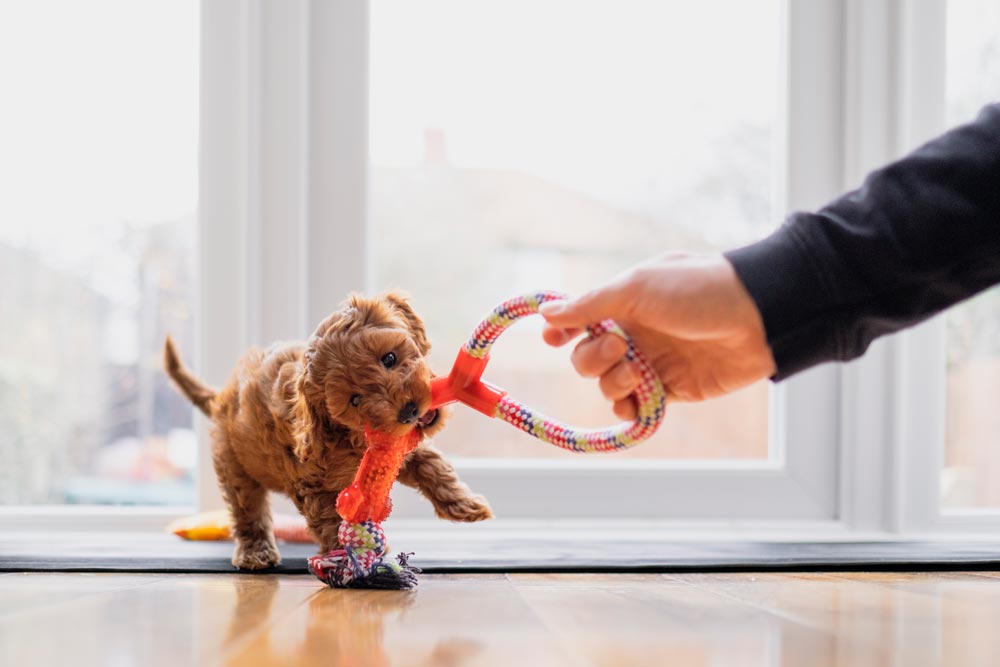
Creating a really safe and comfortable living space for your puppy is an important step in puppy-proofing your home. A safe and comfortable living space will ensure your puppy’s well-being and help them feel more relaxed and calm. Here are a few important things to consider when creating a safe and very comfortable living space for your puppy:
- Designate a specific area for your puppy: Designate a particular area for your puppy to call their own, such as a crate or pen, to provide them with a sense of security and a place to rest.
- Provide a comfortable bed: Provide your puppy with a comfortable bed that is easy to clean and maintain. Make sure to choose a bed that is the right size for your puppy, as they will grow quickly.
- Provide appropriate toys and chews: Provide your puppy with appropriate toys and chews to keep them entertained and to discourage them from chewing on your belongings.
- Provide access to fresh water: Make sure that your puppy has access to fresh water at all times to keep them hydrated and healthy.
- Provide appropriate play areas: Provide your puppy with appropriate play areas, such as a backyard or a playpen, where they can play safely and burn off energy.
- Provide a comfortable temperature: Keep your puppy’s living space at a comfortable temperature and provide them with a place to rest out of direct sunlight or drafts.
- Provide your puppy with enough space: Provide your puppy with enough space to move around comfortably and to rest. As they grow, make sure to adjust the size of their living space accordingly.
- Provide your puppy with regular grooming: Regular grooming is important for your puppy’s physical and emotional well-being. This can include bathing, brushing, and nail trimming.
By creating a safe and comfortable living space for your puppy, you can help them to feel more relaxed and calm.
3. Providing proper puppy-proofing for specific areas of the home, such as the kitchen, bathroom, and bedrooms.
Providing proper puppy-proofing for specific home areas, such as the kitchen, bathroom, and bedrooms, is an important step in puppy-proofing your home. These areas of the home can present unique hazards and challenges that require specific attention.
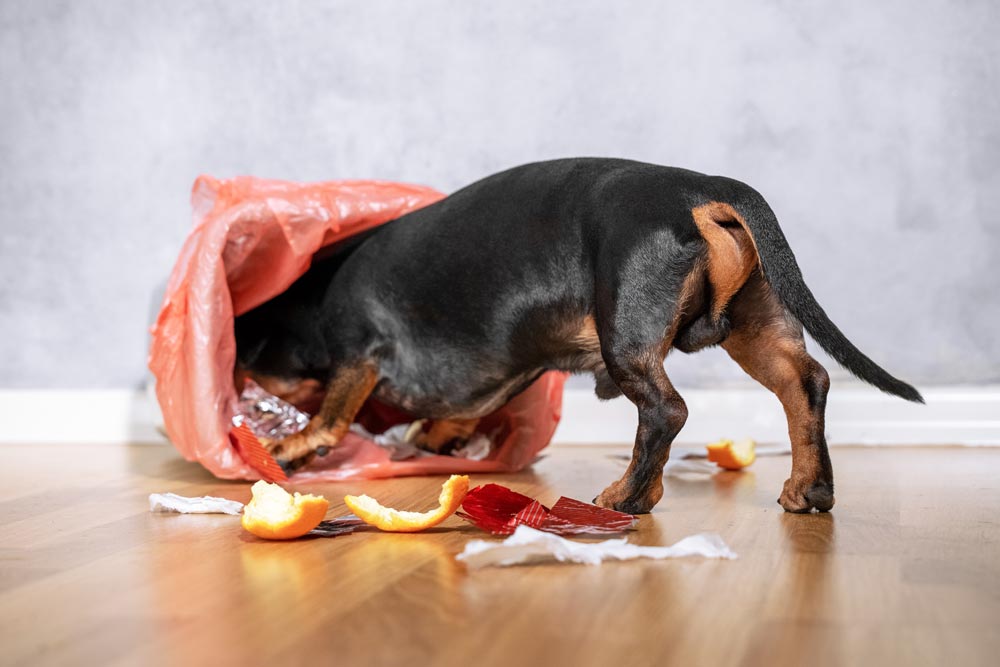
- Kitchen: The kitchen can be a dangerous area for puppies, as it contains sharp utensils, hot stovetops, and potentially toxic foods and substances. Keep all sharp utensils, stove knobs, and cleaning supplies out of your puppy’s reach. Be sure to secure all trash cans and keep all potentially toxic foods, such as chocolate and grapes, out of reach.
- Bathroom: The bathroom can be a dangerous area for puppies, as it contains cleaning supplies, medications, and other hazards. Keep all medicines, cleaning supplies, and other chemicals out of your puppy’s reach. Make sure to secure all toilet lids and keep all your electrical appliances, such as hair dryers and curling irons, unplugged and out of reach.
- Bedrooms: The bedrooms can be a dangerous area for puppies, as they contain many hazards, such as electrical cords, furniture, and other hazards. Keep all electrical cords, personal items, and other hazards out of your puppy’s reach. Ensure to secure any furniture that may be unstable or tip over.
It is essential to regularly review these specific areas of your home for potential hazards and to make adjustments as needed. By providing proper puppy-proofing for specific areas of the home, you can ensure that your puppy stays safe and healthy while they explore their new home.
4. Providing appropriate play areas and toys for your puppy.
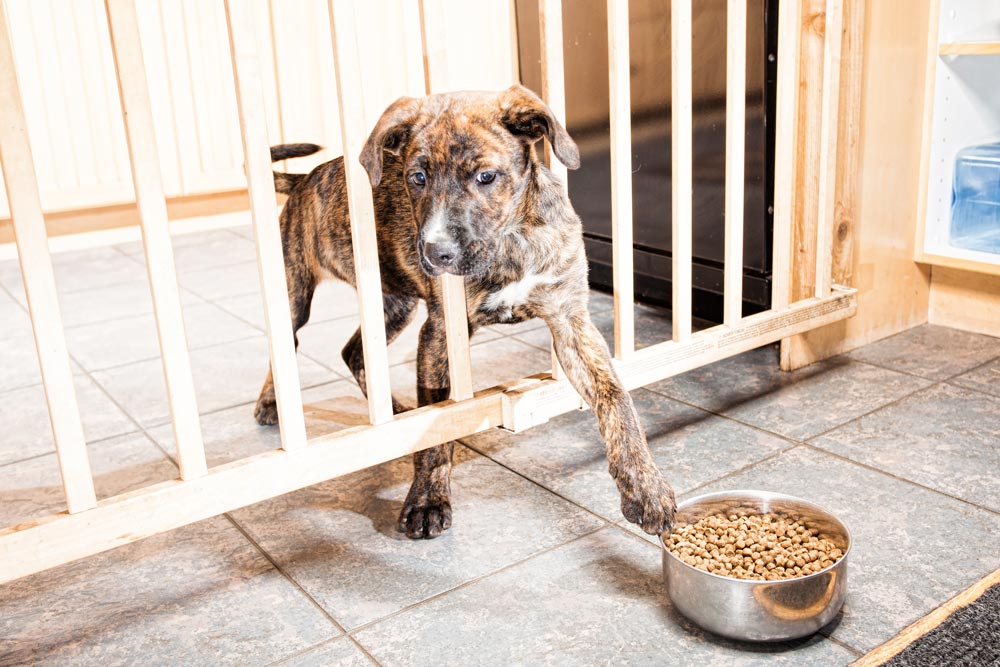
Providing appropriate play areas and toys for your puppy is an important step in puppy-proofing your home. Play areas and toys can help to keep your puppy entertained, engaged, and mentally stimulated, which can help to reduce the risk of destructive behavior. Here are a few main things to consider when providing appropriate play areas and toys for your puppy:
- Designate a specific play area: Designate a specific area for your puppy to play, such as a backyard or a playpen. This will provide them with a safe and secure area to play and explore.
- Provide appropriate toys: Provide your puppy with appropriate toys, such as chew toys, puzzle toys, and interactive toys. These toys can help to keep your puppy entertained and mentally stimulated.
- Rotate the toys: Rotate the toys regularly to keep your puppy interested and engaged. This will also keep them mentally stimulated.
- Provide the appropriate size of toys: Provide your puppy with toys that are appropriate for their size. Puppies will grow quickly and toys that are too small can be a choking hazard.
- Provide toys that can be played with together: Provide toys that can be played with together, such as tug toys and balls, to encourage interactive play and bonding between you and your puppy.
- Provide toys with different textures: Provide toys with different textures, such as rubber, rope, and plush, to help your puppy explore different textures and encourage their natural instincts.
- Provide toys that can be filled with treats: Provide toys that can be filled with treats, such as Kong toys, to keep your puppy entertained and mentally stimulated.
By providing appropriate play areas and toys for your puppy, you can help to keep them entertained, engaged, and mentally stimulated, which can help to reduce the risk of destructive behavior. Supervising your puppy while they play with their toys is important to ensure they stay safe.
5. Managing and securing cords, wires, and other potential hazards.
Managing and securing cords, wires, and other potential hazards is an important step in puppy-proofing your home. Puppies are curious and love to explore, and they can easily get into things that may harm them.
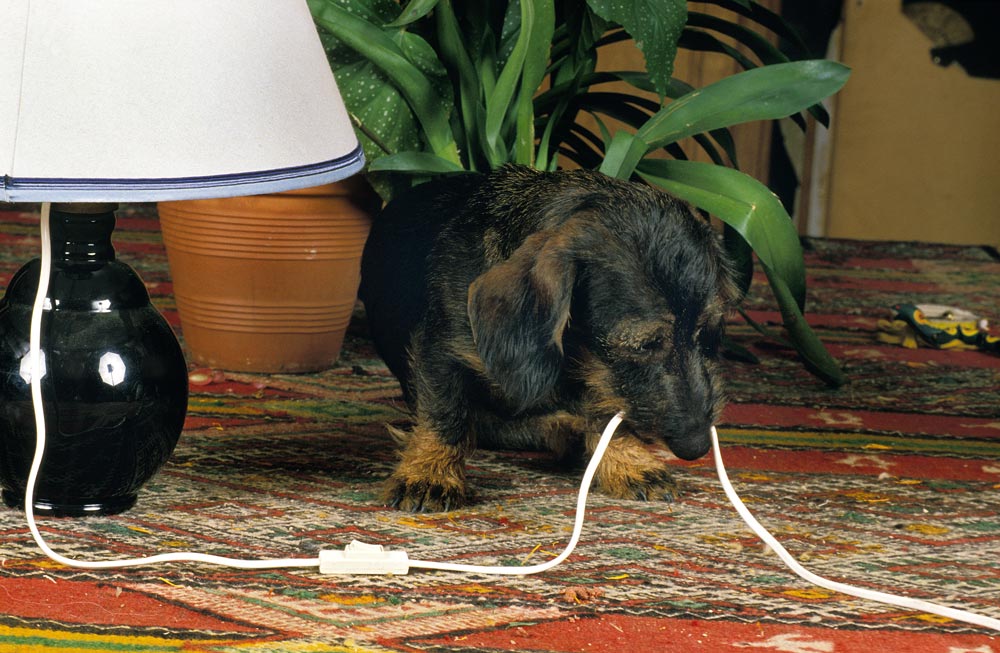
Here are some things to consider when managing and securing cords, wires, and other potential hazards:
- Cords and wires: Keep all cords and wires out of your puppy’s reach. This includes cords for appliances, chargers, and other electronic devices. Use cord covers, cord clips, or cord winders to secure and organize cords, or tuck them behind furniture to keep them out of reach.
- Outlets: Keep all outlets out of reach of your puppy. Use outlet covers or plug protectors to keep your puppy from sticking their nose or paws into outlets.
- Small objects: Keep all small objects, such as coins, buttons, and small toys, out of your puppy’s reach. These can be choking hazards.
- Furniture: Make sure to secure any furniture that may be unstable or that may tip over. Puppies love to climb and explore, and this can be dangerous.
- Secure windows: Make sure to secure all windows in your home, as puppies can easily slip through screens or fall out of windows.
- Keep doors closed: Keep doors closed to rooms that you don’t want your puppy to access, such as the laundry room, to keep them safe.
- Keep hazardous materials out of reach: Keep hazardous materials, such as cleaning supplies, pesticides, and other chemicals, out of your puppy’s reach.
By managing and securing cords, wires, and other potential hazards, you can ensure that your puppy stays safe and healthy while they explore their new home. It’s essential to review your home for potential hazards regularly and to make adjustments as needed, especially as your puppy grows and becomes more mobile.
6. Preparing for potential accidents and emergencies
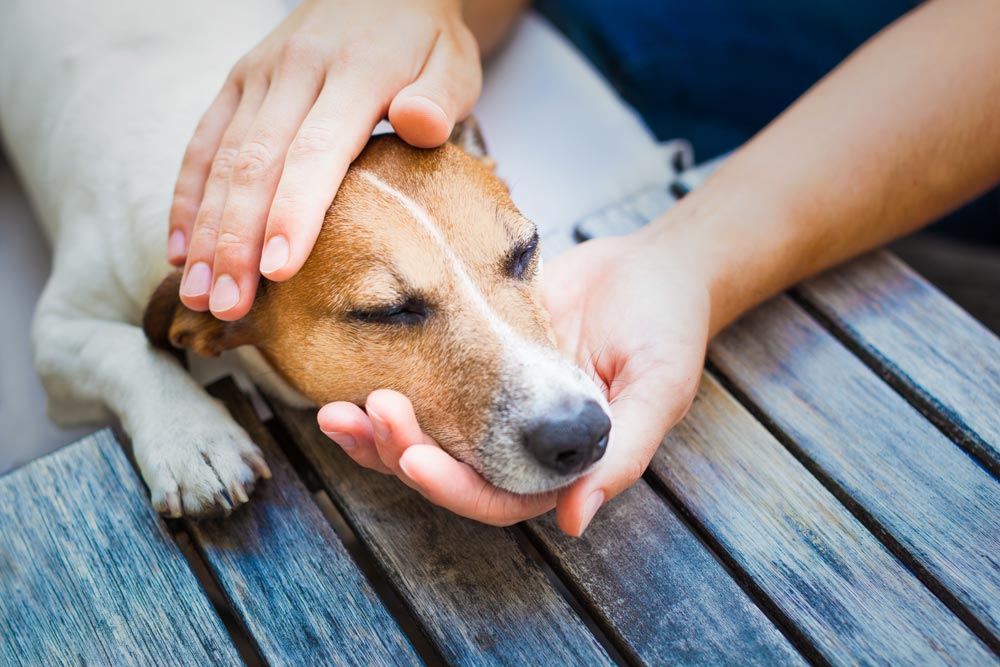
Preparing for potential accidents and emergency situations is an important step in puppy-proofing your home. Puppies are curious and may get into things they shouldn’t, and accidents can happen. Here are a few things to really consider when preparing for potential accidents and emergency situations:
- Know the emergency phone numbers: Keep emergency phone numbers, such as your vet and the ASPCA Animal Poison Control Center, handy in case of emergency.
- Keep a first aid kit: Keep a first aid kit for your puppy, including bandages, scissors, and hydrogen peroxide.
- Know the signs of poisoning: Learn the signs of poisoning, such as vomiting, diarrhea, and trouble breathing, and what to do in case of poisoning.
- Know the location of the nearest emergency vet: Keep the location and contact information of the nearest emergency vet handy in case of an emergency.
- Keep identification on your puppy: Make sure that your puppy has proper identification, such as a collar with ID tags and a microchip.
- Get familiar with basic first aid: Get familiar with basic first aid for dogs, such as how to perform CPR and what to do in case of a choking emergency.
- Have an evacuation plan: Have an evacuation plan in place in case of natural disasters or other emergencies.
By preparing for potential accidents and emergencies, you can ensure that you are ready to act quickly and effectively in case of an emergency. It’s important to stay calm, act quickly in an emergency, and seek professional help if needed.
7. Maintaining and reviewing the puppy-proofing of your home as your puppy grows and develops.
Maintaining and reviewing the puppy-proofing of your home as your puppy grows and develops is an essential step in keeping your puppy safe and healthy. Puppies grow quickly, and their needs and abilities change as they develop.
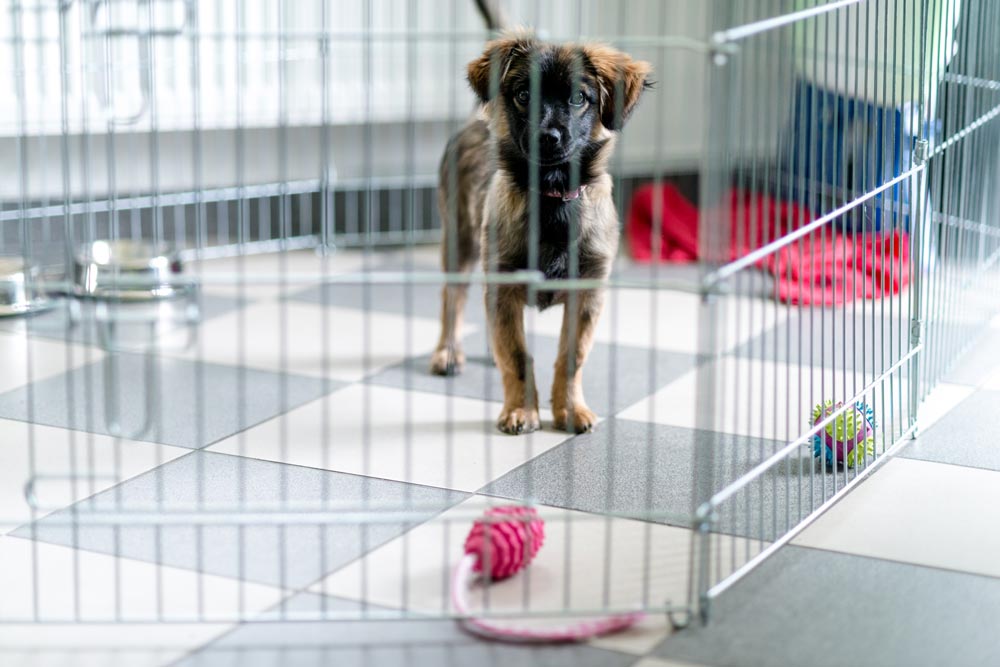
Here are a few things to really consider when maintaining and reviewing the puppy-proofing of your home as your puppy grows and develops:
- Review your home regularly: Review your home regularly for potential hazards and to make adjustments as needed, especially as your puppy grows and becomes more mobile.
- Adjust the puppy-proofing of your home as your puppy grows: As your puppy grows, they will become more mobile and have different needs. Adjust the puppy-proofing of your home accordingly, such as securing lower cabinets, securing trash cans, and adjusting the size of your puppy’s living space.
- Keep an eye on your puppy’s development: Keep an eye on your puppy’s development, and adjust their play areas and toys as they grow and develop.
- Keep their identification updated: Keep your puppy’s identification updated, including their collar and microchip, as their address and contact information may change as they grow.
- Seek professional help if needed: If your puppy’s behavior or needs change, seek professional help from a trainer or behaviorist to ensure that you are providing the best care for your puppy.
By maintaining and reviewing the puppy-proofing of your home as your puppy grows and develops, you can ensure that your puppy stays safe and healthy as they explore their new home. It’s vital to be proactive and to adjust the puppy-proofing of your home as needed to ensure that your puppy’s needs are met and that they are safe at all times.
In conclusion, puppy-proofing your home is essential in ensuring your puppy’s safety and well-being. By identifying and securing potential hazards in your home, creating a safe and comfortable living space, providing appropriate play areas and toys, managing and securing cords, wires, and other potential hazards, preparing for potential accidents and emergency situations, and maintaining and reviewing the puppy-proofing of your home as your puppy grows and develops, you can ensure that your puppy stays happy and healthy while they explore their new home. Remember that puppies grow quickly, and their needs and abilities change as they develop, so it’s important to stay vigilant and adjust your home’s puppy-proofing as needed. With the right approach and keeping your home safe, you can ensure that your puppy stays happy and healthy while exploring their new home.

